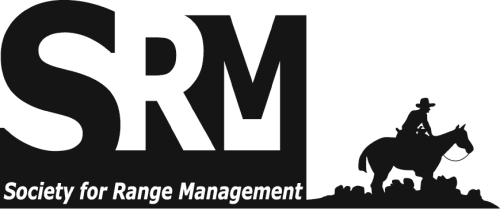Information obtained from vertebrates equipped with Global Positioning System (GPS) transmitters has improved our understanding of spatially-related information including movement patterns, resource selection, and demographic processes globally. Such knowledge of free-roaming equids (burros and horses) in the United States, however, is lacking. Due to safety concerns, GPS neck collars have not often been used on free-roaming horses under the jurisdiction of the Bureau of Land Management. Recent designs however, have potentially made GPS collars safe for free-roaming equids. This development is underscored by Collins et al. (2014) whom recently deployed GPS collars on privately-owned and free-roaming horses in the northwestern United States, concluding that neck collars can be safely used on horses with low risk of injury or death. To better understand whether GPS neck collars are safe to use on free-roaming equids and for testing spatially-related hypotheses, we systematically reviewed studies involving the use of GPS neck collars on free-roaming equids. We found 99 unique literature sources that met our search criteria. Our search encompassed studies from 5 continents and 7 equid species including the endangered Grevy's zebra (Equus grevyi), and Przewalski�s horse (E.�ferus przewalskii). Across studies, 1,057 equids were equipped with GPS neck collar transmitters for a mean study duration of 450.6 days (SD = 450.6). Of the animals collared, 41 (3.88%) sustained injuries or other negative collar effects, and 101 (9.55%) died. However, 75.6% of the injuries and 78.2% of deaths occurred in 2 studies published in 1986 and 1991. Those injuries and deaths were attributed to poor collar placement and design. None of the maladies reported after those studies were suggested to be collar-related. Thus, we conclude that the risk of collar-related injury to free-roaming equids is indeed minimal and encourage further GPS-based studies on free-roaming horses, including in the United States.

Oral presentation and poster titles, abstracts, and authors from the Society for Range Management (SRM) Annual Meetings and Tradeshows, from 2013 forward.